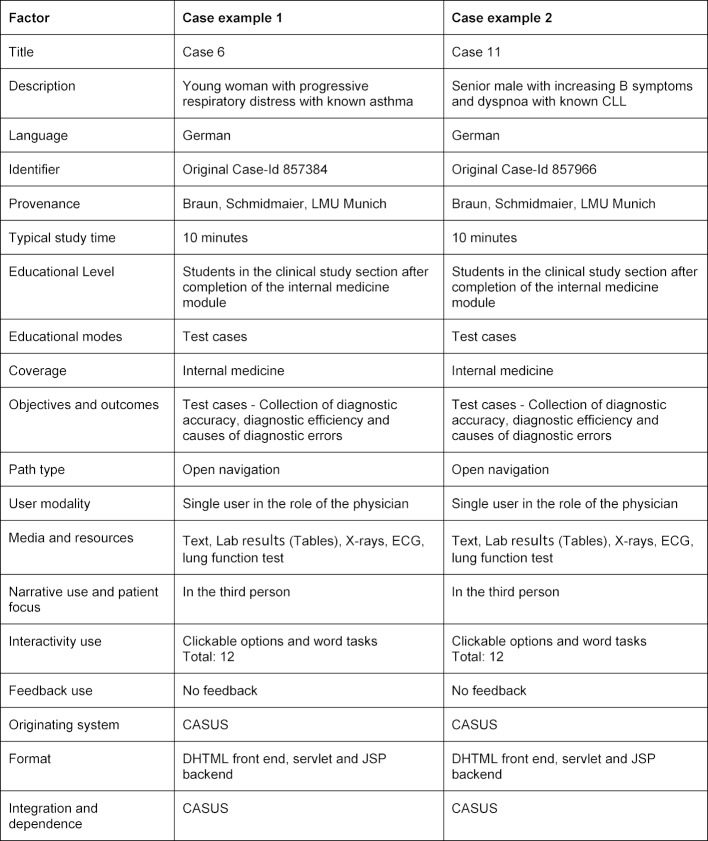Background: Clinical reasoning is without doubt one of the central competencies in on a regular basis scientific follow. Diagnostic competence is commonly measured based mostly on diagnostic accuracy. It is implicitly assumed {that a} correct analysis relies on a correct diagnostic course of, though this has by no means been empirically examined.
The frequency and nature of errors in students’ diagnostic processes in appropriately solved circumstances was analyzed on this examine.
Method: 148 medical students processed 15 digital affected person circumstances in inside drugs.
After every case, they have been requested to state their ultimate analysis and justify it. These explanations have been qualitatively analyzed and assigned to one of many following three classes: correct rationalization, incorrect rationalization and analysis guessed right.
Results: The correct analysis was made 1,135 instances out of two,080 diagnostic processes. The evaluation of the related diagnostic explanations confirmed that 92% (1,042) reasoning processes have been correct, 7% (80) have been incorrect, and 1% (13) of the diagnoses have been guessed right. Causes of incorrect diagnostic processes have been primarily an absence of pathophysiological data (50%) and an absence of diagnostic expertise (30%).
Conclusion: Generally, if the analysis is correct, the diagnostic course of can also be correct. The price of guessed diagnoses is kind of low at 1%. Nevertheless, about each 14th correct analysis relies on a false diagnostic rationalization and thus, a improper diagnostic course of. To assess the diagnostic competence, each the analysis end result and the diagnostic course of needs to be recorded.

Factors related to homophobia in medical students from eleven Peruvian universities.
The penalties of homophobia can have an effect on the integrity, psychological and bodily well being of gay people in society. There are few research in Peru which have evaluated homophobia within the medical scholar inhabitants.To set up the social, instructional and cultural components related to homophobia amongst Peruvian medical students.
A cross-sectional analytical examine was performed in 12 drugs faculties in Peru. Homophobia was outlined in response to a validated check, which was related to different variables. Statistical associations have been recognized.The lowest percentages of homophobic students (15-20%) have been discovered within the 4 universities in Lima, whereas universities within the inside of the nation had the very best percentages (22-62%).
Performing a multivariate evaluation, we discovered that the frequency of homophobia was decrease for the next variables: the feminine gender (PRa=0.74; 95% CI, 0.61-0.92; p=0.005), finding out at a college in Lima (PRa=0.57; 95% CI, 0.43-0.75; p<0.001), professing the Catholic faith (PRa=0.53; 95% CI, 0.37-0.76; p<0.001), understanding a gay (PRa=0.73; 95% CI, 0.60-0.90; p=0.003) and having handled a gay affected person (PRa=0.76; 95% CI, 0.59-0.98; p=0.036). I
n distinction, the frequency of homophobia elevated in male chauvinists (PRa=1.37; 95% CI, 1.09-1.72; p=0.007), adjusted by 4 variables.Homophobia was much less frequent in ladies, in those that examine within the capital, those that profess Catholicism and those that know/have handled a gay. In distinction, male chauvinists have been extra homophobic.
